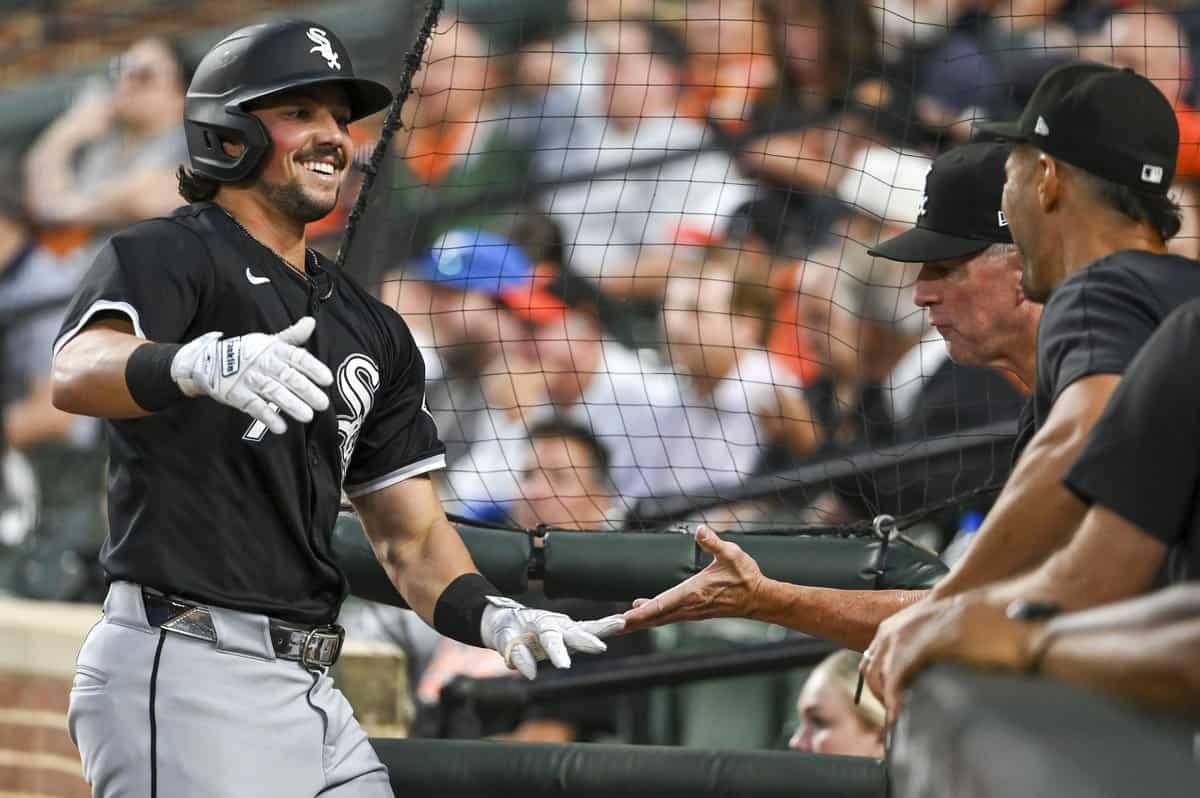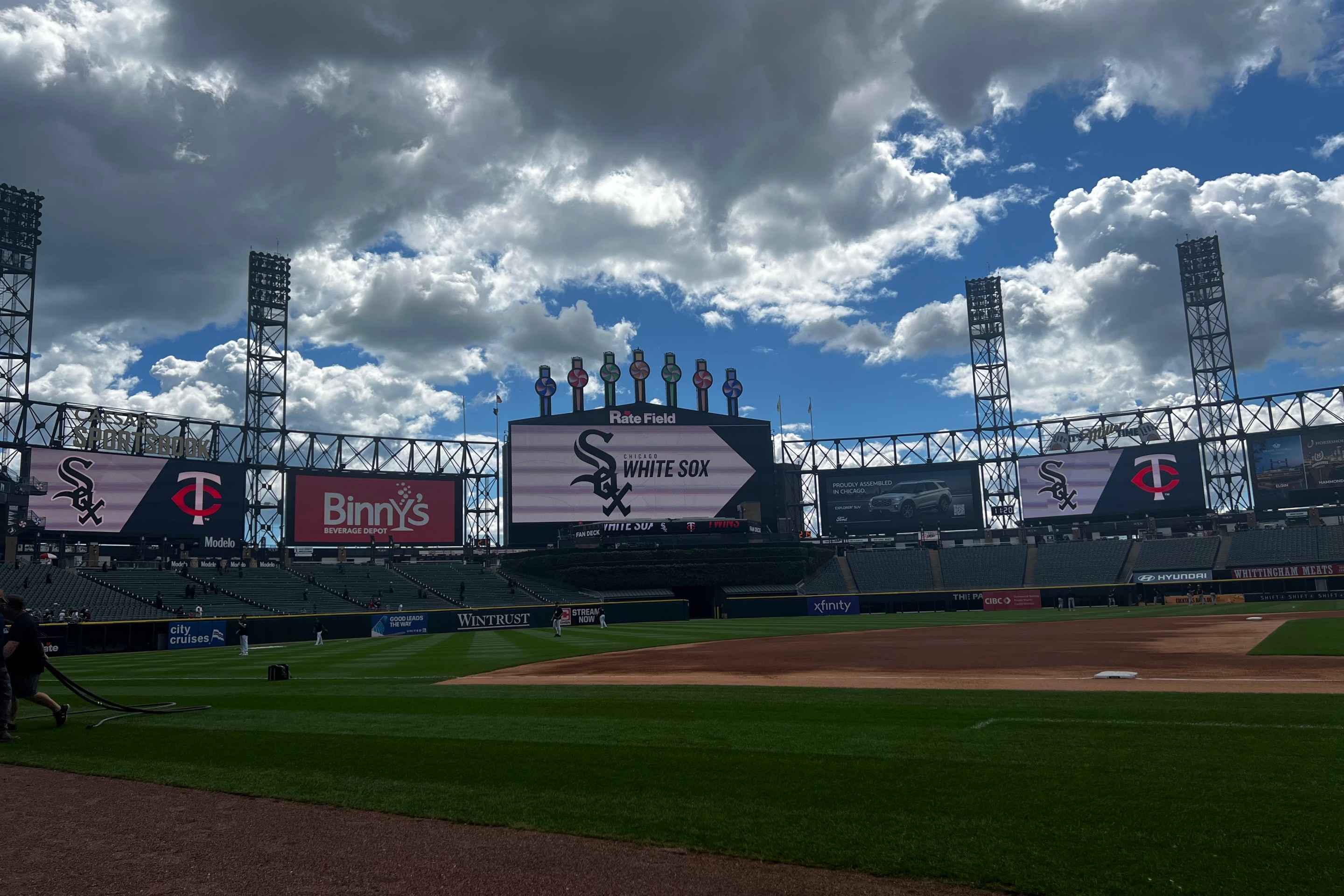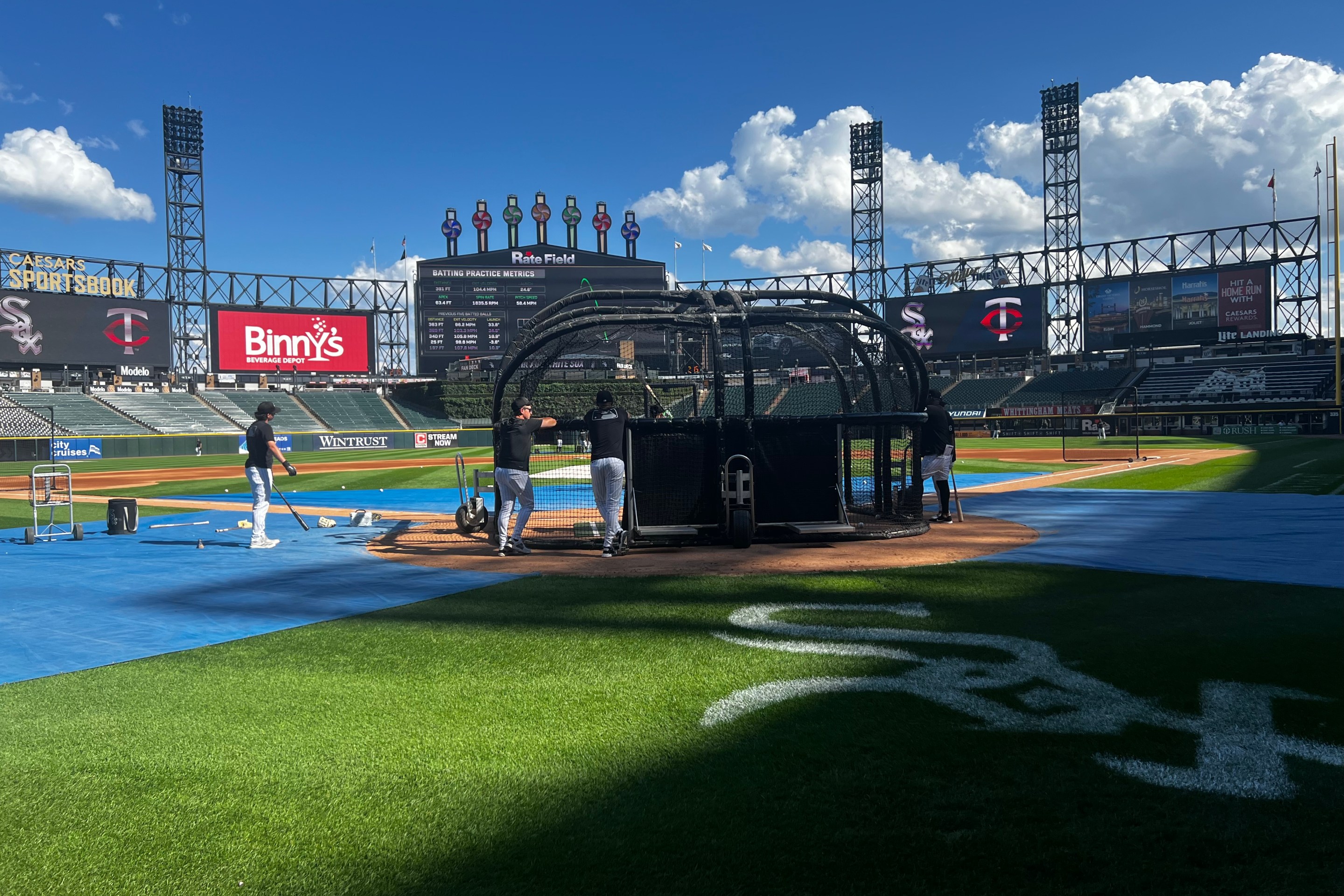Right field was a sinkhole for the White Sox in 2024, to a degree that would be more alarming if it weren't so normal.
Baseball Reference had Sox right fielders earning -1.1 Wins Above Replacement in 2024 as a collective, the worst figure in the American League. But that's not only their third straight season of getting the worst right field production in the AL, but the fourth time since 2019. The two White Sox playoff teams in 2020 and 2021 managed to get above-replacement work from this corner of pain, but the franchise has not seen their right fielders earn so much as 1 WAR as a group since 2017.
2017!
Avisaíl García is not walking through that door, though at this point he's probably slid down to their price range.
The White Sox prospect depth being lopsided in favor of pitching is referred to often, but nowhere is that more acutely felt than the dearth of near-ready solutions in the outfield.
DJ Gladney and Wilfred Veras could reasonably be described as the most advanced future corner options in the farm system, but the current task ahead of them is proving they're ready to start next season in Triple-A or worth protecting on the 40-man roster ahead of December's Rule 5 draft. George Wolkow and Samuel Zavala are the names actually at the higher end of team prospect lists, but buying into either one is rooted in seeing them as very young players near the beginning of long developmental paths.
Dominic Fletcher was Option A in right field coming out of spring training and Option A again down the stretch. But while his end of season playing time was consistent enough to demonstrate the concept of Fletcher as a dynamic defender in right, an early season strategic pivot of offense-over-defense and a left shoulder sprain provided only half a year of disparately scattered plate appearances to assess. Six weeks of everyday play to close 2024 still had Fletcher feeling like he had yet to get fully on track.
"I still feel like I'm not driving the ball the way I know I can," Fletcher said. "Still getting hits here and there, but I still feel like there's more in the tank."
As crass as it might seem to put the firing of Pedro Grifol as a split for Fletcher's performance, that is when he became an everyday player, and he hit .222/.248/.274 in 37 games during that span. Even assuming the shoulder sprain means Fletcher's power production was always going to be unnaturally limited this year, those are the type of numbers that drive a team to open up the position to spring competition at a minimum.
Gavin Sheets was the main alternative to Fletcher, as he stylistically represents the hardest pivot toward offense for a team that quickly became desperate for runs. But to say little of Sheets' ability to credibly defend right field, it seems to undercut his offense enough to defeat the purpose. His .663 career OPS as a right fielder in over 700 plate appearances is 80 points lower than his career mark as a designated hitter, and if anything his splits indicated even more strongly in 2024 that the best version of Sheets' bat comes when he's not tasked with outfield defense.
Like Fletcher, Sheets is a lefty who is best paired with a platoon partner, so it's hard for them to have a complementary existence in right, and the other internal options present similar issues.
Zach DeLoach, technically still a prospect, has had back-to-back strong seasons in Triple-A. But after 23 home runs in the PCL carried him over strikeout issues in 2023, DeLoach was an on-base machine (.287/.375/.410) strangely lacking in power despite playing in Charlotte's cozy confines. He looked pretty good in the final week (6-for-17 with a homer and three walks), which is about the extent that this situation allowed DeLoach to get regular run, and even that involved veteran Andrew Benintendi getting some days off from left field at the tail end of a successful second half. That's still more opportunity than Oscar Colás found, who was once viewed as having a stronger offensive toolkit than anyone else listed here, but his average-looking season at Triple-A Charlotte (.246/.332/.401) didn't demand more attention and would have him working from behind next February.
It would be easy to look through these options and finish with "in conclusion, the White Sox should trade Garrett Crochet for Dodgers outfield prospect Josue De Paula," but even if that were feasible, the precocious 19-year-old fails to address the current situation. And Fletcher and DeLoach are more representative of talent available when contending teams willing to shed major league-ready options in trade over the winter.
If nothing else, any internal option needs a right-handed platoon partner. In some realm where they were already up and running at a more comfortable position, Miguel Vargas and Bryan Ramos might be conversion projects. Vargas has past, uneven history working in outfield corners, but the Sox mostly want his offseason dedicated to adding strength, after substantial weight loss over the course of the season was tied to his massive collapse in power after coming over at the end of July. Ramos has undertaken the beginnings of outfield reps, but his major league tenure can't be described as firm footing either. Left field would be a more appropriate entry-level project for either one, and even that would be an onerous undertaking for two players who don't seem like they need extra work.
Typically, righties who can hit lefties is not a rare commodity, and for a team already motivated to patch pieces of its roster with non-roster invites, this is an area where the Sox might already be primed to shop on the discount rack. I can't be the only one who noticed that the 28-year-old Edward Olivares mashed lefties for the Royals for two years before a lost season in 2024 with the Pirates saw him outrighted and on the market entering this winter.
But any right-handed hitter added to the White Sox mix who shows early competence is an immediate risk to get Peter Principle'd into the middle of the order regularly, so it would be nice if whoever that is actually offered the potential to thrive in wider duty. While Chris Getz has already signaled the Sox aren't planning to rely heavily on free agency to improve, every rebuilding club can look at veteran additions as a means of essentially buying new prospects at the deadline, as it certainly will be the animating cause for the veteran reliever or two the team is looking to add this winter.
Randal Grichuk looks like best free agent lefty killer on the market. The problem is Grichuk earned this status by thriving in this role this past season on the sort of contract (one-year, $2 million) that would have been palatable for the Sox before he posted a career-best 139 wRC+, earning him cause to seek more than a team that may or may not be for sale will dedicate.
Because of the crucial possession of a disappointing and injury-marred 2024 to tank his market price, Austin Slater looks more plausible, as the 31-year-old had a four-year run of killing major league lefties before a concussion took him out of the Giants plans and saw him bounce around to two other teams by years end. Adam Duvall is 36, an age where collapses can happen and at least appeared to wash away all his viability against right-handed pitching this year, but he certainly looks the part of a platoon bat who still hits mistakes far if they come from the left side.
If it feels hard to get inspired about what offensive upgrades can be found in free agency for a team whose main selling point is major league opportunity, that's definitely an important takeaway to have from all this. But even for a clubs looking more for a worthwhile use of the at-bats a major league season offers than an impact solution, the current right field mix doesn't fit the bill for the White Sox.
They know they'll have to do something.





